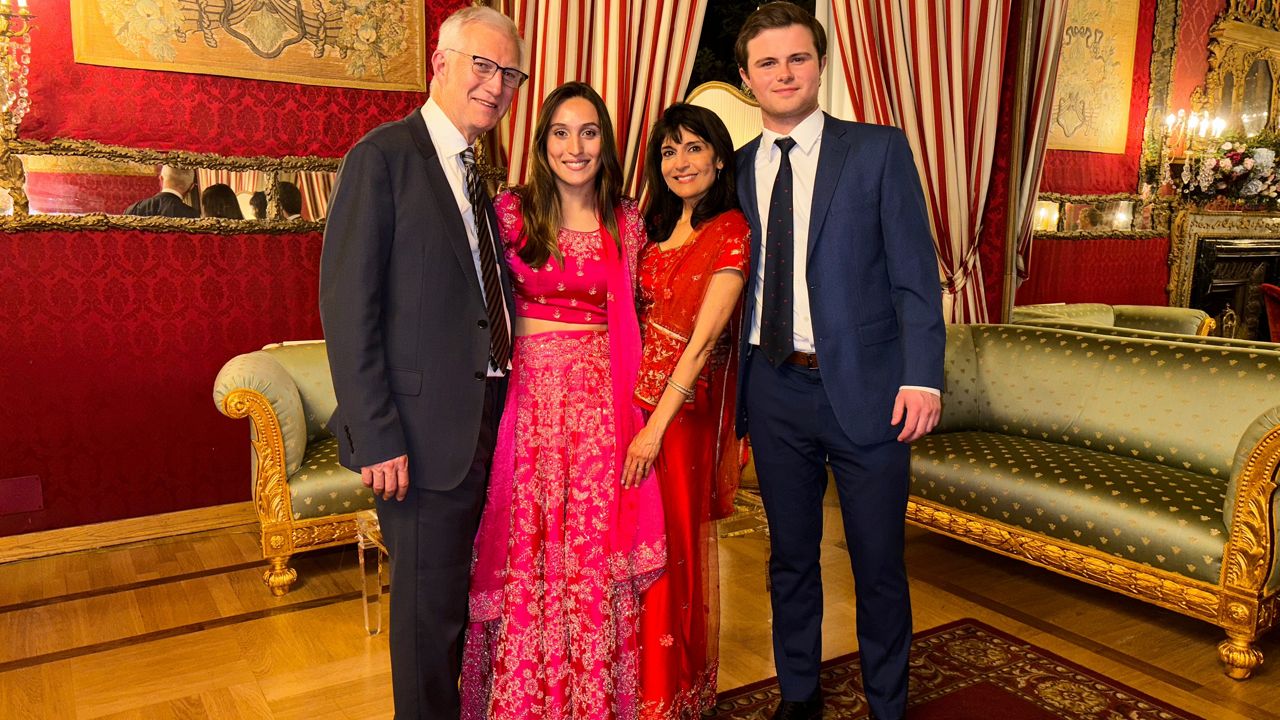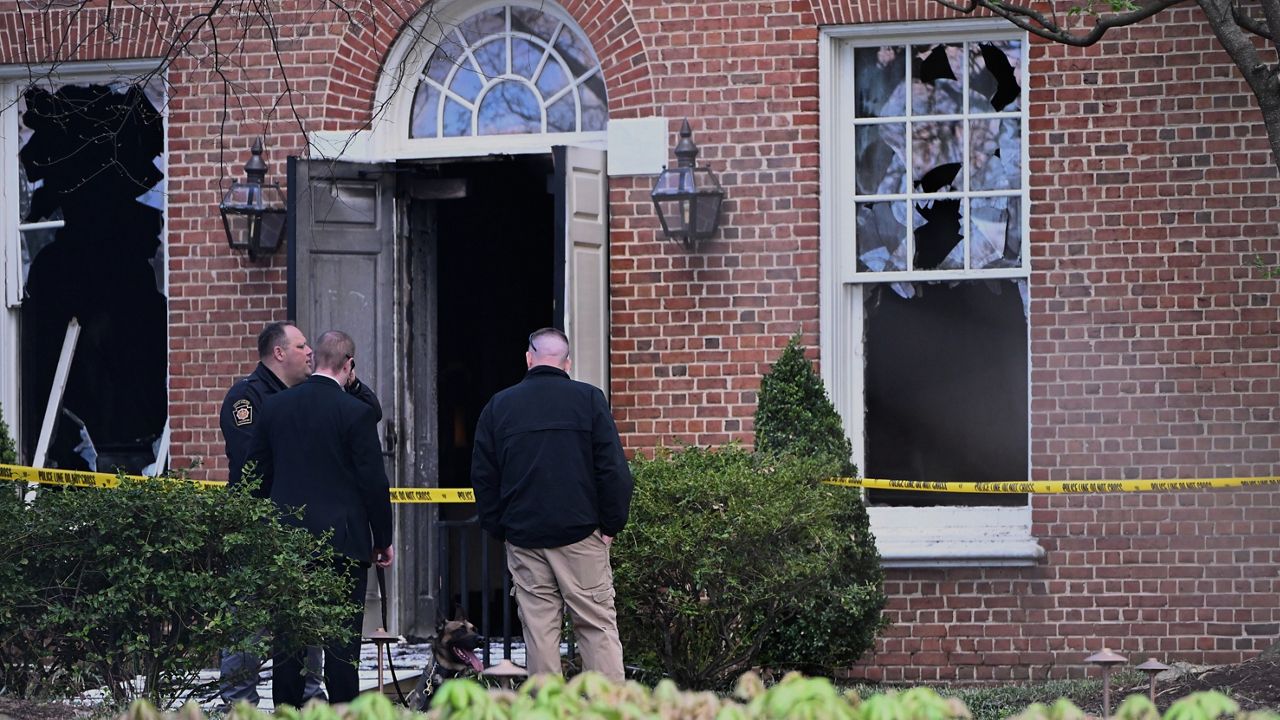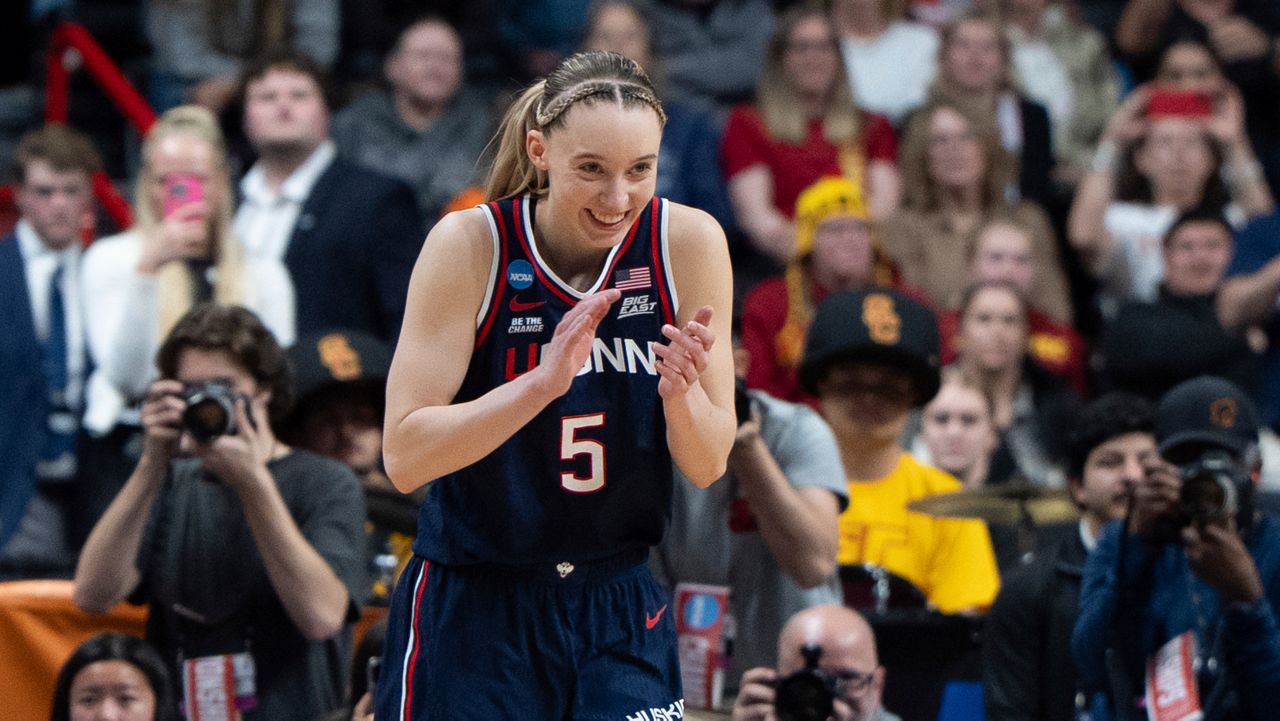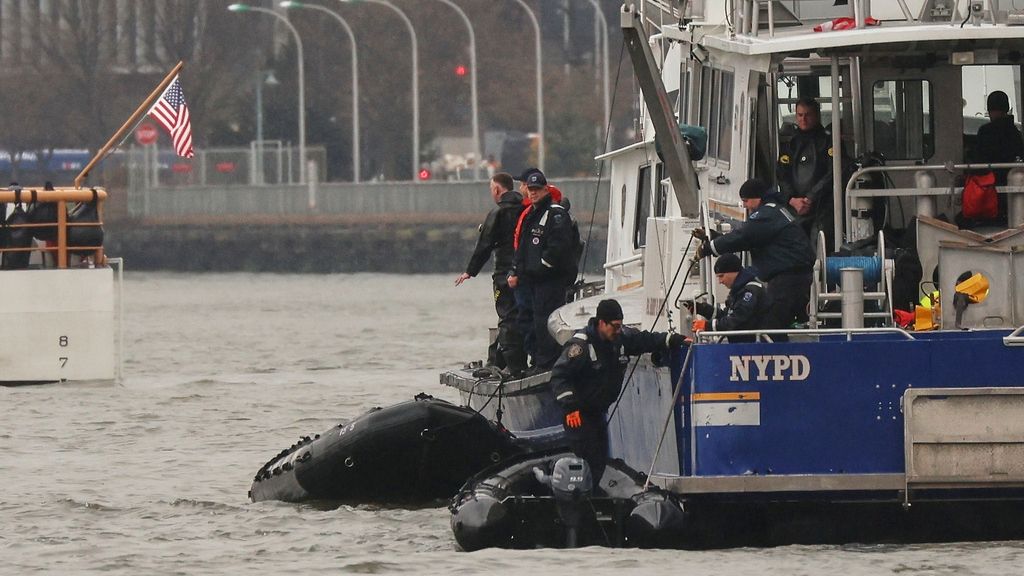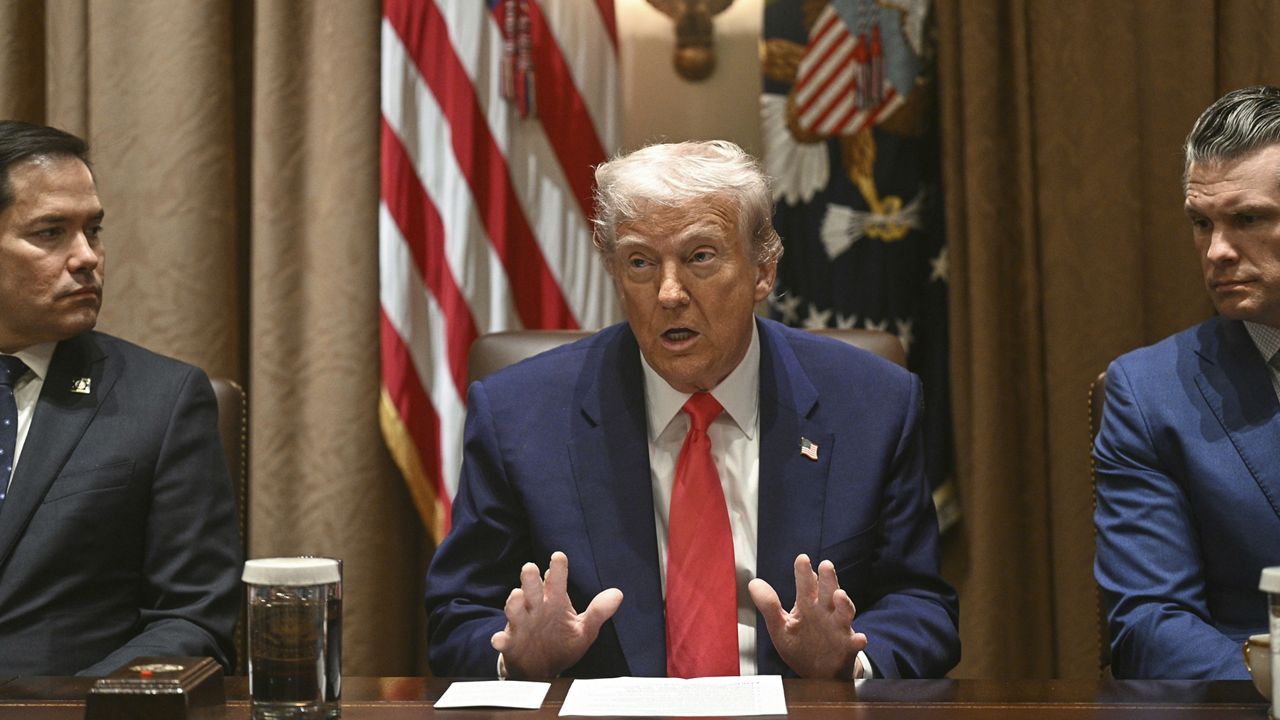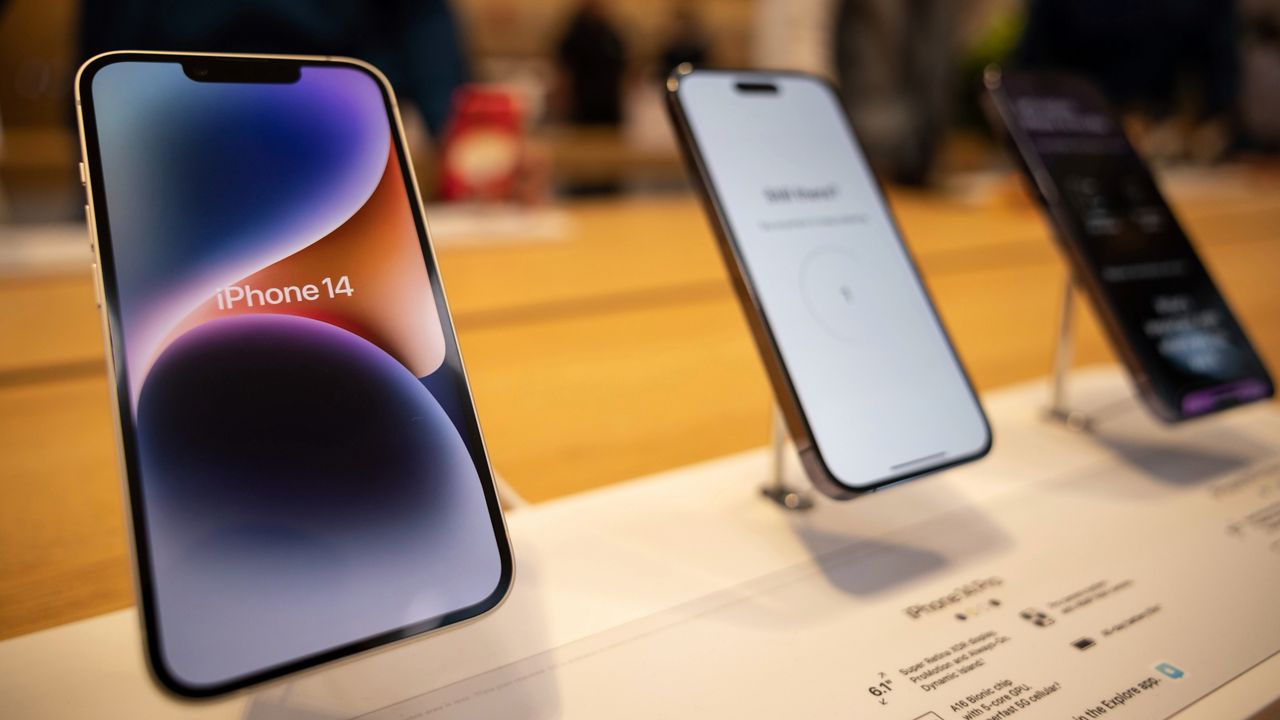NEW ORLEANS — A U.S. Army veteran who drove a pickup truck into a crowd of New Year's revelers in New Orleans had posted videos to social media hours before the carnage saying he was inspired by the Islamic State group and expressing a desire to kill, the FBI said Thursday.
What You Need To Know
- A U.S. Army veteran who drove a pickup truck into a crowd of New Year's revelers in New Orleans had posted videos to social media hours before the carnage saying he was inspired by the Islamic State group and expressing a desire to kill, the FBI said Thursday
- The driver killed 14 people as he steered around a police blockade and slammed into revelers before being shot dead by police
- Calling it "premeditated" and "evil," Christopher Raia, deputy assistant director of the FBI's counterintelligence division, said the attack was "an act of terrorism."
- Investigators found guns and what appeared to be an improvised explosive device in the vehicle along with two other devices elsewhere in the French Quarter
Christopher Raia, deputy assistant director of the FBI's counterintelligence division, said during a news conference that Shamsud-Din Jabbar acted alone. Based on reviews of his social media, cellphone records and hundreds of interviews, the agency said there was no indication that he was aided by anyone else in the attack, a reversal from what a different FBI official said Wednesday.
In the early Wednesday attack, a driver steered around a police blockade and slammed into revelers, killing 14 and injuring at least 35 others before being shot to death by police.
Calling it "premeditated" and "evil," Raia said the attack was "an act of terrorism."
Investigators found guns and what appeared to be an improvised explosive device in the vehicle — which bore the flag of the Islamic State, Raia said. The FBI said it found two IEDs in coolers in the French Quarter on Bourbon Street but said reports of other potential explosives were not correct. The agency believes the devices were planted in the early hours of New Year's morning, most likely a couple hours before the ramming attack.
President Joe Biden said during a White House event Thursday that Jabbar had a remote detonator in his truck to set off the IEDs in the coolers.
While there is no evidence linking the New Orleans attack with the Cybertruck explosion outside a Trump hotel in Las Vegas hours later on New Year's Day, Biden said, "I directed my team to accelerate these investigations so we have answers to our unanswered questions. They are making every single resource availble to get the job done.
"The Sugar Bowl is back on," Biden added. "People of New Orleans are sending an unmistakable message. They will not let this attack or the attacker's deluded ideology overcome us."
The Sugar Bowl college football game between Notre Dame and Georgia, initially set for Wednesday night was postponed until Thursday afternoon.
The FBI said that Jabbar was born in the United States and was a U.S. military veteran. He picked up the Ford F-150 truck he used in Houston on Monday. He then drove from Houston to New Orleans on Tuesday evening, Raia said.
Jabbar posted five videos to his Facebook page starting at 1:29 a.m. Wednesday, authorities said. The first of the videos said he palnned to harm his family and friends but that he was concerned news headlines would not focus on the "war between the believers and disbelievers," according to Raia. Jabbar stated he had joined the Islamic State group before the summer and also provided a will and testament, authorities said.
The FBI has recovered three of Jabbar's phones and two laptops and is currently engaged in "digital media exploitation" to see what is on the devices, Raia said.
Raia said there is no definitive link between the New Orleans attack and the explosion Wednesday of a Tesla Cybertruck outside President-elect Donald Trump's hotel in Las Vegas that left one man dead and seven others injured.
The rampage turned festive Bourbon Street into a macabre scene of maimed victims, bloodied bodies and pedestrians fleeing for safety inside nightclubs and restaurants. In addition to the dead, dozens of people were hurt.
Zion Parsons, 18, of Gulfport, Mississippi, said he saw the truck “barreling through, throwing people like in a movie scene, throwing people into the air.”
“Bodies, bodies all up and down the street, everybody screaming and hollering,” said Parsons, whose friend Nikyra Dedeaux was among the dead.
But by Thursday, a still-reeling city was inching back toward normal operations. Authorities finished processing the scene early in the morning, removing the last of the bodies, and Bourbon Street was set to reopen at some point later in the day, according to an official familiar with the matter who spoke on condition of anonymity to The Associated Press.
Federal officials were investigating Jabbar's potential associations with any terror organizations as they hunted for additional clues in what's believed to be the deadliest IS-inspired assault on U.S. soil in years.
Correction: An earlier version of this article incorrectly stated the time that Jabbar started posting videos online before the attack.






